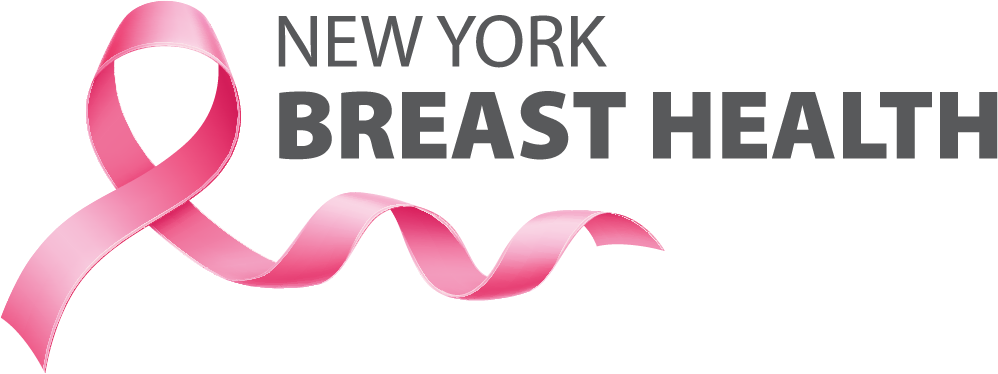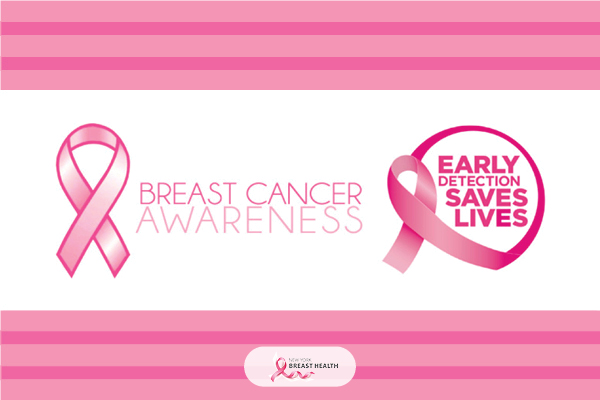Breast Cancer: Prevention and Early Detection
Breast cancer is the most common cancer in women in the United States. About 1 in 8 women will get breast cancer during her life. However, though the most significant risk of breast cancer is female, it is not genderless cancer, and men are at risk too. When it comes to breast cancer, here's everything everyone should know to help aid in early prevention:
When Should Screening Start?
It’s estimated that women who get regular breast cancer screenings increase their chance of survival by around 47 percent. Yet, breast cancer is still the second leading cause of cancer death among women in the United States. When to screen will depend on your age and family history. The average year to start a yearly mammogram is between 40 and 44 and will decrease as you age.
Factors That Increase Your Need For Screening
Average risk is defined as those who have no symptoms, no history of breast cancer (personally or in your family history), or those who have no history of mantle radiation. However, if you have any of the above, you may be at above-average risk for breast cancer. Some other reasons that can increase your risk include:
- History of atypical hyperplasia
- History of lobular carcinoma in situ
- Genetic predisposition such as a BRCA mutation
Depending on your risk factors, mammograms might begin earlier than 40 years of age, while others might require breast MRIS or ultrasound if dense breast tissue is present. For those who have a strong family history of this disease, genetic testing may help you better understand your risk factors; high-risk patients may start mammograms as early as 25 years of age. However, no matter your genetic makeup, at-home checks should occur monthly about 3 to 5 days after your period — but are not limited to just women.
The Importance of At Home Checks for All
Before screenings even begin, it’s important to do monthly at-home checks. Though this is often educated and pushed to females, men should often do them. Beyond feeling for lumps and any changes, you’ll also want to look for signs of fluid coming from the nipples changes in the skin such as dimpling or pucker, redness, rash, or swelling.
Men should often check by placing their fingers flat against the breast to push firmly in a small, clockwise circle, starting at the outermost top edge and working towards the nipple, and ideally looking for any lumps, bumps, or changes in the skin. Finally, check both nipples for discharge or change of appearance.
If anything feels off or different, contact your doctor for a more detailed examination.
NY Breast Health
Our team is focused on providing personalized care and guidance you can trust for breast cancer and other breast conditions. We specialize in offering a comprehensive approach for all your breast health needs, from screening and diagnosis to treatment and follow-up support.

